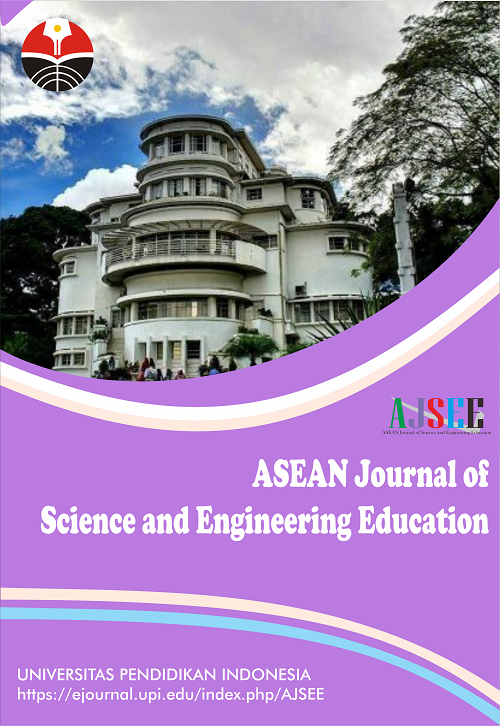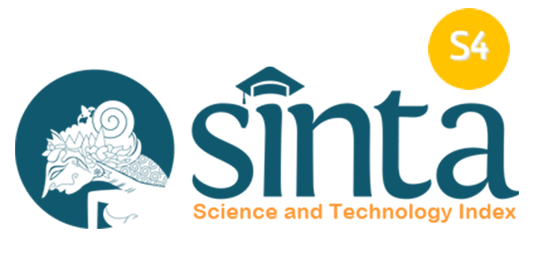Teaching Chemical Engineering Thermodynamics using Substituted Blended Learning Techniques
Abstract
Keywords
Full Text:
PDFReferences
Aziz, A. A., Yusof, K. M., Udin, A., and Yatim, J. M. (2013). Development of students’ knowledge-behavioural changes in relation to sustainability through a case study. Procedia - Social and Behavioral Sciences, 102, 568–576.
Bodner, G. M. (1986). Constructivism: A theory of knowledge. Journal of Chemical Education, 63(10), 873.
Farooq, M., Kawoosa, H. S., and Muttoo, M. A. (2017). CAL: Computer Assisted Learning. International Journal of Computer Science and Mobile Computing, 6(6), 254-258.
Golder, J. (2018). Constructivism: A paradigm for teaching and learning. International Journal of Research and Analytical Reviews, 5(3), 678-686.
Jenkins, D. M. (2015). Integrated course design: A facelift for college courses. Journal of Management Education, 39(3), 427-432.
Laal, M., and Laal, M. (2012). Collaborative learning: What is it? Procedia. Social and Behavioral Sciences, 31, 491–495.
Lalima, Dr., and Lata Dangwal, K. (2017). Blended learning: An Innovative Approach. Universal Journal of Educational Research, 5(1), 129–136.
Leonard, P. E., and Leonard, L. J. (2001). The collaborative prescription: Remedy or reverie? International Journal of Leadership in Education, 4(4), 383–399.
Lukman, R., Lozano, R., Vamberger, T., and Krajnc, M. (2013). Addressing the attitudinal gap towards improving the environment: A case study from a primary school in Slovenia. Journal of Cleaner Production, 48, 93–100.
Mamat, M., and Mokhtar, F. (2008). Effective instructional design for value dominant education in Malaysian public universities. Social and Management Research Journal, 5, 61.
Mohd Basar, Z., Mansor, A. N., Jamaludin, K. A., and Alias, B. S. (2021). The effectiveness and challenges of online learning for secondary school students – a case study. Asian Journal of University Education, 17(3), 119.
Mukhtaramkhon, K., and Jakhongirovich, E. J. (2022). Advantages and disadvantages of blended learning in higher education. Journal of Pedagogical Inventions and Practices, 9, 14-18.
Schittek, M., Mattheos, N., Lyon, H. C., and Attström, R. (2001). Computer assisted learning, a Review: Computer assisted learning. European Journal of Dental Education, 5(3), 93–100.
Tatar, E., and Oktay, M. (2011). The effectiveness of problem-based learning on teaching the first law of thermodynamics. Research in Science and Technological Education, 29(3), 315–332.
Wegner, C., Minnaert, L., and Strehlke, F. (2013). The importance of learning strategies and how the project ‘Kolumbus-Kids’ promotes them successfully. European Journal of Science and Mathematics Education, 1(3), 137–143.
Welch, M. (1998). Collaboration: Staying on the Bandwagon. Journal of Teacher Education, 49(1), 26–37.
DOI: https://doi.org/10.17509/ajsee.v4i2.61269
Refbacks
- There are currently no refbacks.
Copyright (c) 2023 Universitas Pendidikan Indonesia

This work is licensed under a Creative Commons Attribution-ShareAlike 4.0 International License.














